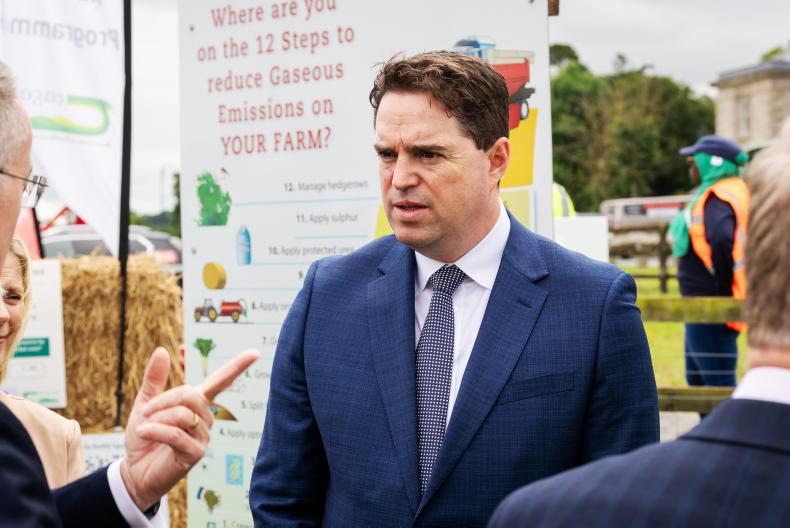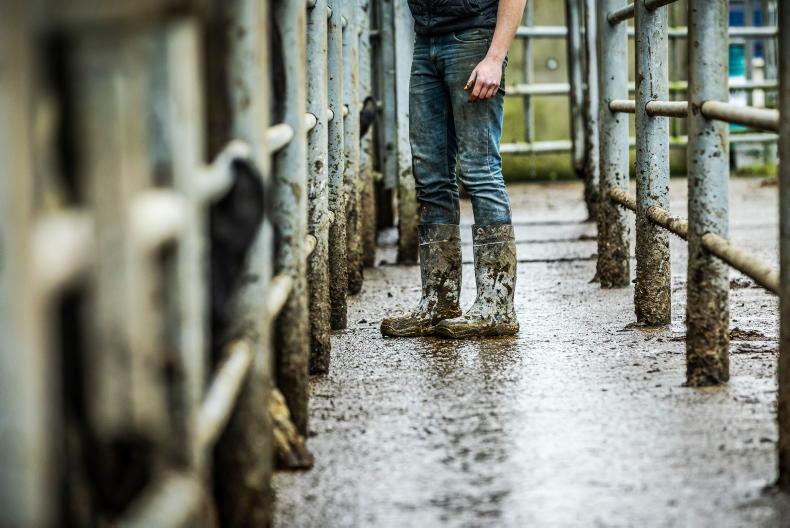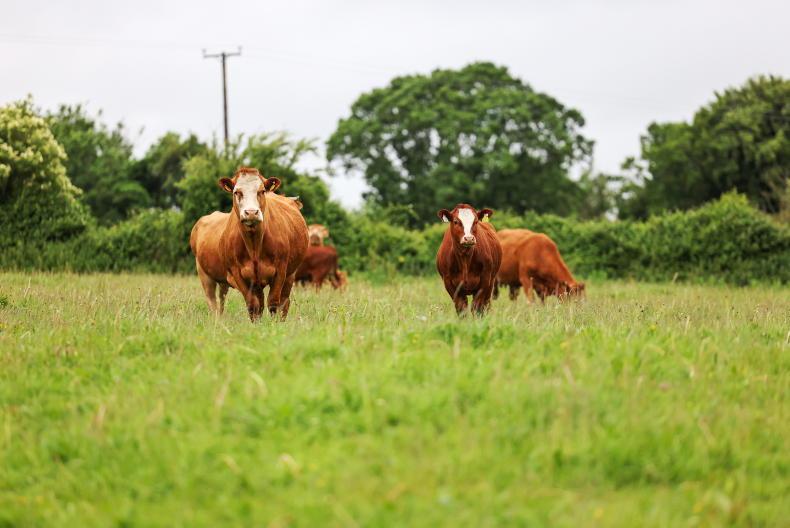As all media focus has been on COP26, I have been listening intently to the discussions around farming and the plans that may follow on from it.
I have been trying to get my head around some of the ambitions of our Government lately – one of which is the increase in the amount of farm land dedicated to growing organic produce.
At present, I am led to believe that 40% of organic beef is sold as commercial, while a staggering 75% of organically produced lamb also goes down the commercial route.
Added to this, companies that were looking for oats to be grown organically have now implemented quotas on production for the coming year to control issues with oversupply.
All of these producers have additional paperwork to complete along with what we as commercial farmers have
I think they need to focus on getting the markets for the existing produce before they start looking for what could be a major increase in the number of new organic producers.
All of these producers have additional paperwork to complete along with what we as commercial farmers have to, irrespective of whether their produce goes to the organic market or the commercial route.
Back on my “commercial” farm, I have been focusing on the breeding season. With some of the smaller breeding groups now joined up together for the remainder of the breeding, I have been able to go back and clean out some of the partially grazed paddocks fully and get my autumn grazing plan back on target.
Grass covers are heavy on the remaining fields but the relatively dry conditions that still exist underfoot should be a major benefit in getting them cleaned off properly over the next while. My autumn grazing plan is fairly bang on target at present with in the region of 65% of the farm grazed out and closed up for grazing next spring.
I will split them into three main groups; the early ewes, the central progeny testing (CPT) group and the repeat ewes
The rams will be removed from the different mobs early next month, bringing a conclusion to the breeding period and a definite end to lambing next spring. I will then be dividing the ewes into groups according to their projected lambing dates.
Initially, I will split them into three main groups; the early ewes, the central progeny testing (CPT) group and the repeat ewes.
With this done, I will house the ewes which are due to lamb down first when they have their allotted fields grazed, which should coincide with scanning. This will leave the ewes which are due to lamb later in the spring outside, along with the repeat ewes on the forage rape. The replacement ewe lambs have been sent off farm to some winter grazing that I have been able to secure.
The ewe lambs destined for the factory have some grass remaining so housing isn’t required just yet
The lambs are starting to get scarce on the ground here now as well, with approximately 10% remaining to be finished. I housed the ram lambs here last week after they finished grazing their last allotted field for the autumn, with the aim of getting them finished as soon as possible and to increase the amount of grass that will be available to the ewes.
The ewe lambs destined for the factory have some grass remaining so housing isn’t required just yet. With this in mind, I will start to increase the rate of meal being supplemented to them over the next few weeks to go on to an ad-lib feeding regime while they are in the shed.










SHARING OPTIONS